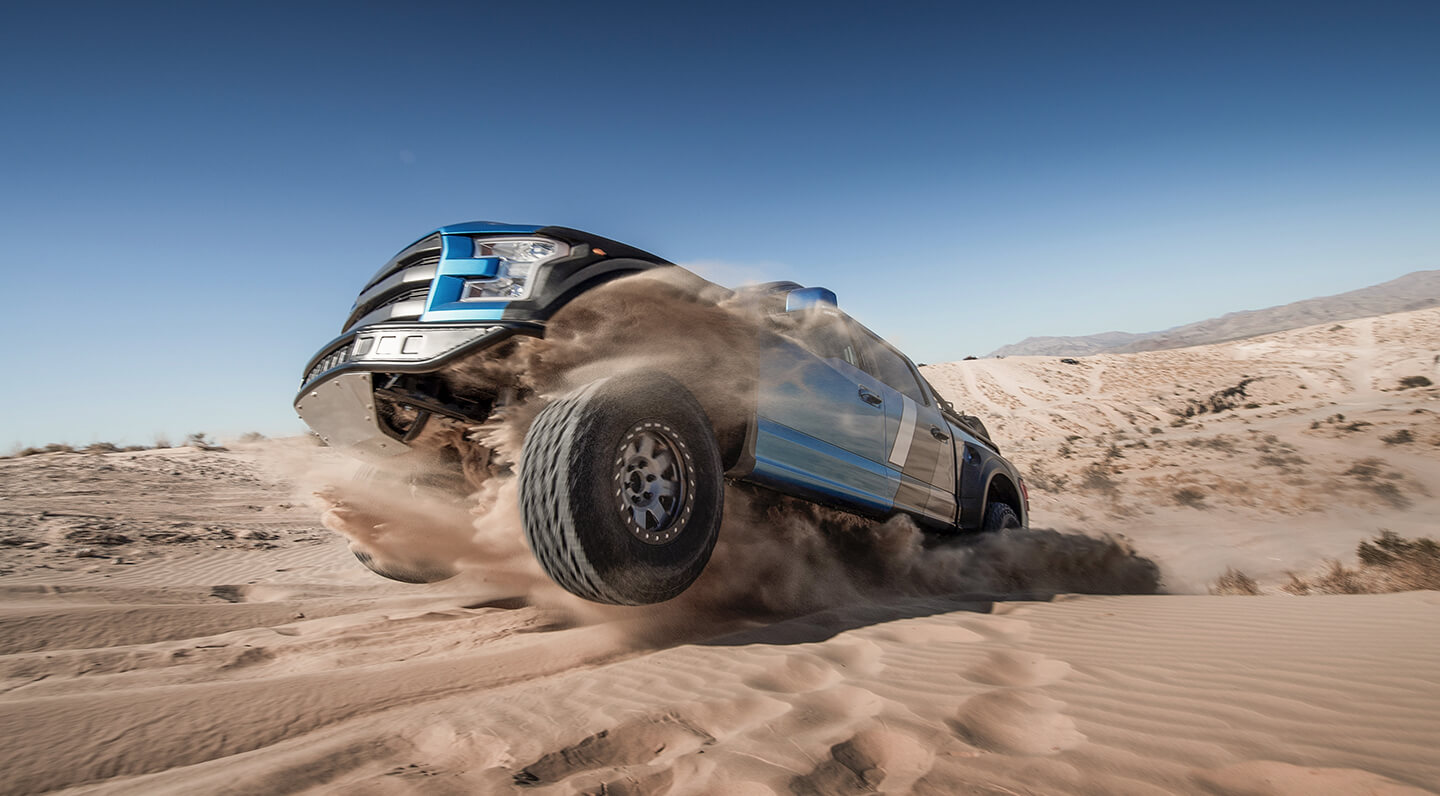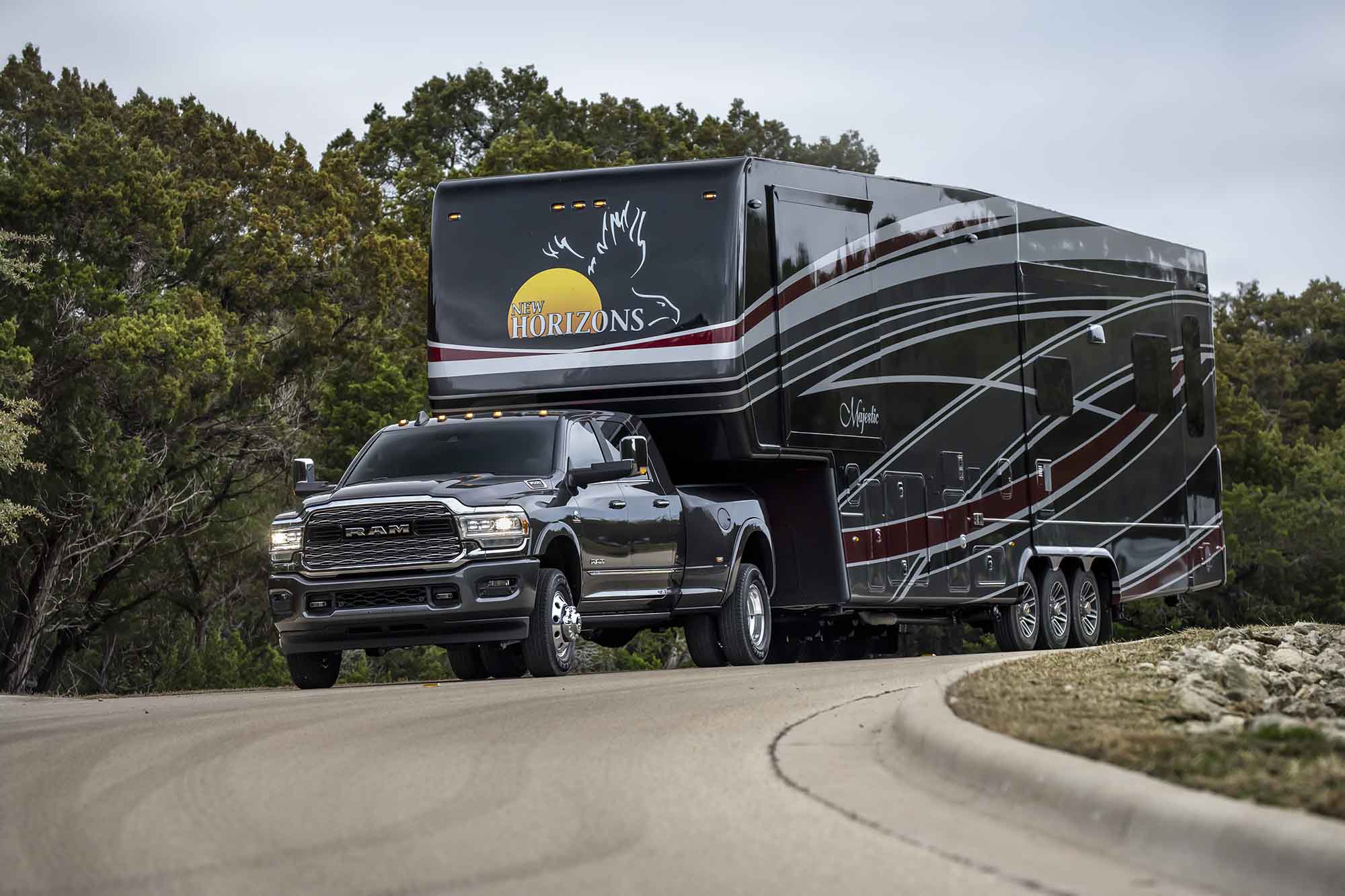

Your stock 4×4 shocks will typically only last 20,000-30,000 miles, especially if you use them in the dirt. Adding a lift or leveling kit will usually require upgrading to longer shocks. In most cases, you can choose from many shock options ranging from the very basic to full-tilt bypass shocks. What shocks you ultimately decide on not only depends upon your budget, but your needs as well.
Entry-Level Shocks
Your 4×4 bobbing and wavering like a boat adrift in a choppy ocean every time you hit a bump is a good indicator that it’s time to replace the shocks. If you’re on a budget, the most affordable aftermarket shocks available for a 4×4 are twin-tube cellular gas shocks like the Pro Comp ES4000, Rancho RS5000, and Rubicon Express twin-tube among others. Aftermarket twin-tube cellular gas shocks are typically one step better than the factory shocks found on the majority of 4x4s. In 4×4 applications where most of the time is spent on the street, twin-tube cellular gas shocks will do a great job. They come in many lengths and feature just as many different mounting ends, but usually feature universal valving and are not tuned to your specific application.
Twin-tube cellular gas shocks are not rebuildable and most are not adjustable, so the valving is whatever you get. They are generally valved slightly firmer than stock, which helps control the movement of larger and heavier tire and wheel packages better than the factory shocks. Twin-tube cellular gas shocks are usually the default option when purchasing a leveling kit or suspension lift system.
The biggest con of twin-tube cellular gas shocks is poor heat dissipation. The twin-tube design hinders the shocks ability to shed the heat created when a 4×4 is traveling at higher speeds for many miles at a time over dirt roads. This heat will eventually cause the shock damping to fade until the shocks are allowed to cool. In extreme off-road cases, twin-tube cellular gas shocks can get hot enough to cause permanent damage to internal seals causing leaks and decreasing the shock’s effectiveness.

Vehicles that regularly tow trailers or haul heavy loads will benefit from firmer than stock shocks. Gas-charged twin-tube shocks or gas-charged monotube shocks are usually the best way to go to help firm up the ride and offer more control.
Shocks For Towing And Hauling
Carrying heavy loads requires more shock damping and firmer shocks to help stabilize the vehicle and added load. This is where twin-tube gas-charged shocks like the Pro Comp ES9000 and monotube shocks like the Bilstein B6 4600, Bilstein B8 5100, Pro Comp Pro Runner and Rancho RS7000MT come into play. All of these shocks are nitrogen charged to help combat oil aeration and shock fade, and the monotube shocks are designed to improve heat dissipation. If you plan to haul a trailer or load over rough surfaces for any length of time, you’ll be better off with a monotube type shock. Monotube shocks also feature larger diameter shock pistons for improved control, more oil for increased cooling capacity, and thicker shock bodies to help fend off impacts.
Most monotube shocks are tuned specifically for your application. This offers a way more refined ride and improved handling over universally valved shock absorbers. Monotube shocks also offer more fluid capacity for better cooling and larger pistons for improved control.
Monotube Shocks
Off-road enthusiasts looking for more refined handling and better bump absorption than the stock shock absorbers will want to steer into nitrogen charged monotube shocks. The Bilstein B6 4600, Bilstein B8 5100, Pro Comp Pro Runner, Rancho RS7000MT and Rubicon Express monotube are all examples of monotube shocks. Most of these nitrogen charged monotube shocks feature application-specific valving designed and tuned specifically for your 4×4. This feature is a huge advantage over universally valved shocks. The reason is that the shock valving needed for an 8,000-pound dually towing a trailer on a smooth highway is radically different than the shock valving needed for a lightweight two-door Wrangler climbing trails.
Those that spend more time in the dirt will appreciate that the monotube shocks shed heat better than some of the other shock designs. Many of these tuned bolt-on monotube shocks are also available with external reservoirs, which increase oil capacity and help reduce the chance of shock fade in extreme conditions.

There are many types of adjustable shocks available. Their most significant advantage is the ability to be tuned relatively easily to meet the immediate needs of the driver, vehicle load, and road conditions.
Adjustable Shocks
Some of us don’t fall within the realm of ordinary or typical. Applications such as pickups and SUVs that see a variety of different uses and loads will benefit from adjustable shocks. The monotube Pro Comp MX6 and MX6-R, tri-tube cellular gas-charged Rancho RS9000XL, or the Rubicon Express adjustable monotube reservoir shock can all be adjusted. Fox and King also offer bolt-in monotube nitrogen-charged shocks with easily tuned compression knobs. This adjustability gives you the ability to tune the ride of the 4×4 to your personal preference without tools. And, it also allows you to temporarily tune the shock valving to help safely stabilize increased loads. The adjustment knobs allow for easier tuning than a rebuildable shock that requires disassembly for shock valving changes. Those that prefer a smoother ride than the average enthusiast will also appreciate adjustable shocks.

Bolt-on ultra-high-end shocks offer many advantages over standard shock absorbers. They are almost always tuned to your specific application, can be rebuilt, and the large diameters and increased oil capacities virtually eliminate the possibility of shock fade when the trails get rough for many miles.
Rebuildable and Tunable Shocks
Ultra-high-end monotube shocks have been available for custom fabricated mounts in the racing industry for decades. However, ultra-high-end monotube shocks for OE bolt-in applications are a much newer idea. Companies such as Bilstein, Fox, King, Pro Comp, and others offer ultra-high-end monotube and coilover shocks for bolt-in OE applications. These shocks are designed to dissipate heat far better than other bolt-on shocks and often feature remote reservoirs to increase oil and cooling capacity as well as compression adjustment knobs for ease of fine tuning. The shocks typically come valved for a specific application, but they are completely rebuildable and tunable to your preference. A slew of replacement and upgrade parts are available for nearly all of the OE-fitment rebuildable shocks, making them the last shocks you’ll ever need to buy for your 4×4. If they eventually wear out or you want to add larger reservoirs or compression adjustment knobs, you can do so without completely replacing the entire shock assembly.

When properly tuned, the position-sensitive valving of bypass shocks offer the best of both worlds. They can provide a smooth ride on and off the road. Most bypass shocks feature externally adjustable bypass tubes. Some bypass adjusters require tools, while others can be tuned by hand.
Race-Inspired Bypass Shocks For All
External and internal bypass shocks are the absolute pinnacle of currently available bolt-on shock technology. Bypass shocks began as a race-only item, but it didn’t take long for shock companies and off-road weekend warrior enthusiasts to see the advantages. Companies such as ARB, Fox and King offer bolt-on bypass style shocks that fit the factory shock mounts on many popular 4x4s.
Unlike traditional shocks which are velocity sensitive, bypass shocks are position sensitive. This means that you can tune the valving of the shocks to ride smooth when traveling down the road where the suspension is only cycling within a few inches of ride height. The shock valving can be set to firm up near the ends of the suspension travel range. This controls the common harsh bottoming and topping out of the suspension when traversing large bumps and impacts at speeds in the dirt.
In most cases, basic hand tools and some knowledge of how bypass shocks work are needed to make the adjustments. But ompanies, such as ARB, have simplified bypass shock tuning with the introduction of the BP-51 adjustable internal bypass shocks. The BP-51 internal bypass shocks feature simply labeled compression and rebound adjustments that can be made by hand.




2